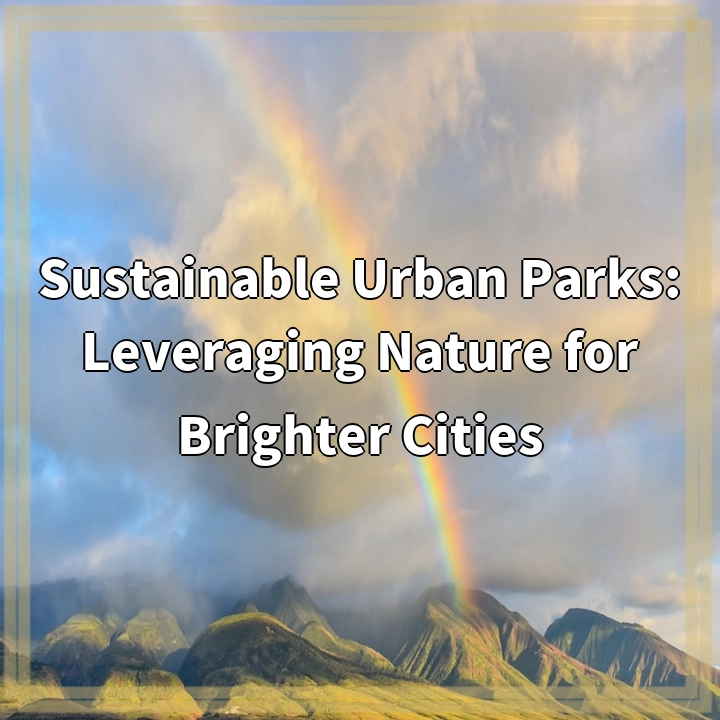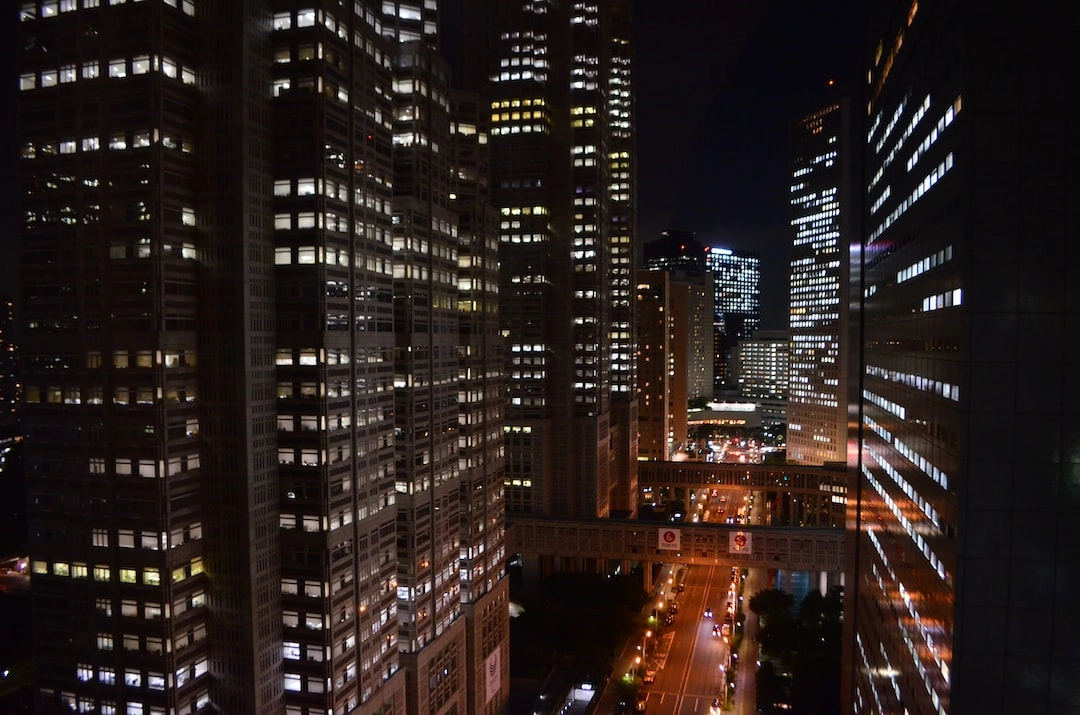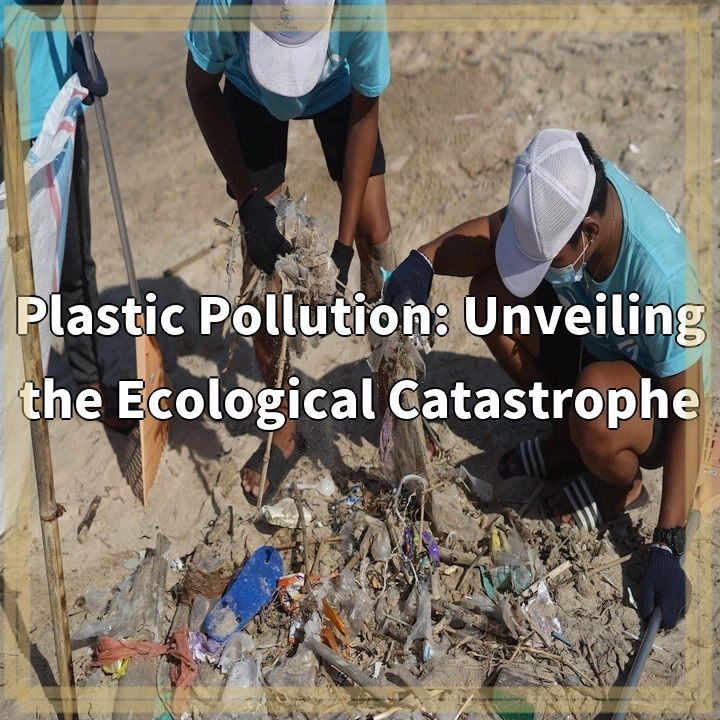
What is Sustainable Urban Parks?
Sustainable urban parks are green spaces within cities that are designed and managed in a way that promotes environmental, social, and economic sustainability. These parks are carefully planned to incorporate elements of nature while also considering the needs and aspirations of the surrounding community.
Real-World Problems Associated with Sustainable Urban Parks
Sustainable urban parks face numerous challenges and obstacles that can hinder their effectiveness in promoting sustainable development. Some of the key problems include:
Limited Space
Rapid urbanization and population growth have resulted in the scarcity of available land for park development. This limited space poses a challenge in creating large-scale urban parks that can make a significant impact on the environment and the quality of life in cities.
Funding Constraints
The development and maintenance of sustainable urban parks require financial resources. However, funding for such projects is often limited, with municipal budgets prioritizing other infrastructure needs. This constraint can undermine efforts to implement sustainable practices and innovative design features within urban parks.
Social Equity
Ensuring equitable access to sustainable urban parks can be a challenge. Disadvantaged communities may have limited access to green spaces, which can lead to unequal distribution of the health, social, and economic benefits that parks provide. Addressing social equity concerns is crucial in creating sustainable urban parks that benefit all residents.
Climate Change and Resilience
Urban parks are not immune to the effects of climate change. Rising temperatures, extreme weather events, and drought can all impact the health and vitality of green spaces. Designing parks that are resilient to these challenges and incorporating adaptive strategies is essential to ensure their long-term sustainability.
Biodiversity and Habitat Loss
Urbanization often results in the loss of natural habitats and biodiversity. Sustainable urban parks play a critical role in creating pockets of green space that support biodiversity and provide habitats for various species. However, striking a balance between recreation and conservation can be challenging, and efforts must be made to protect and enhance ecological diversity within urban park environments.

Potential Solutions for Sustainable Urban Park Challenges
Maximizing Limited Space
Efficient land use strategies can help optimize available space within urban areas. This may involve vertical gardens, rooftop parks, and converting underutilized spaces into green areas. Additionally, collaboration with private landowners and exploring innovative designs, such as pocket parks and linear parks, can help maximize green space within cities.
Securing Adequate Funding
Seeking alternative funding sources, such as public-private partnerships and philanthropic initiatives, can help supplement municipal budgets. Additionally, advocating for the economic benefits of sustainable urban parks, such as increased property values and tourism revenue, can persuade policymakers to allocate more resources for park development and maintenance.
Promoting Social Equity
Addressing social equity concerns requires deliberate efforts to ensure all communities have equal access to sustainable urban parks. This can be achieved through targeted park development in underserved areas, community engagement in park planning processes, and incorporating inclusive design features that accommodate diverse needs and preferences.
Enhancing Climate Resilience
Designing parks with climate change in mind is crucial for their long-term sustainability. This includes integrating green infrastructure, such as rain gardens and bioswales, to manage stormwater runoff and mitigate flooding. Employing climate-resilient planting strategies and incorporating shade structures can also help combat rising temperatures and provide comfortable outdoor spaces.
Promoting Biodiversity and Habitat Conservation
Adopting ecologically sensitive design principles and incorporating native plantings can enhance biodiversity within urban parks. Creating wildlife corridors and preserving existing habitats within park boundaries can support the movement of species and promote ecological connectivity. Additionally, educating the public about the importance of biodiversity and involving local communities in conservation efforts can help protect fragile ecosystems.
By addressing these solutions, sustainable urban parks can overcome challenges and contribute to creating greener, more vibrant, and sustainable cities.















